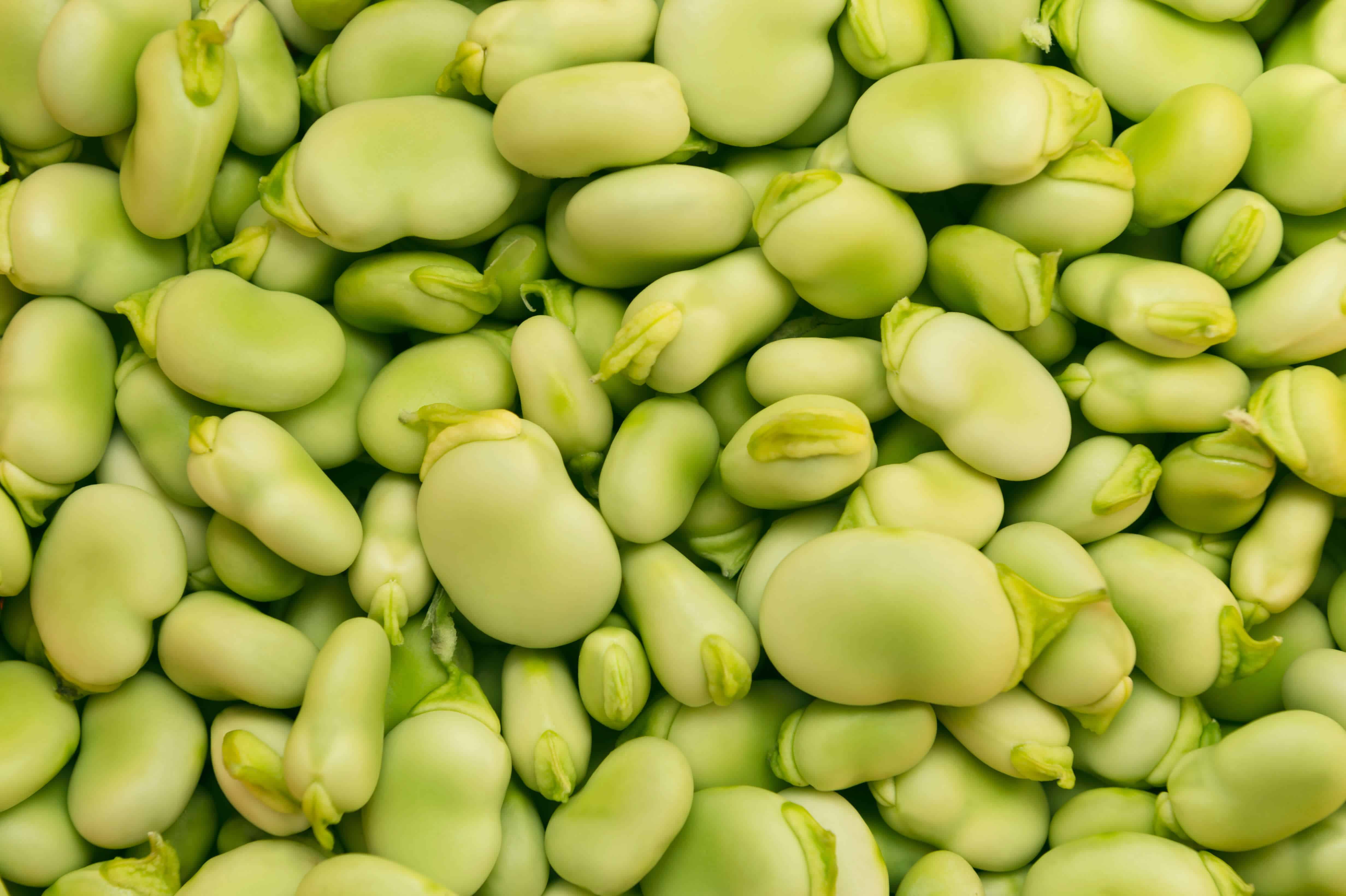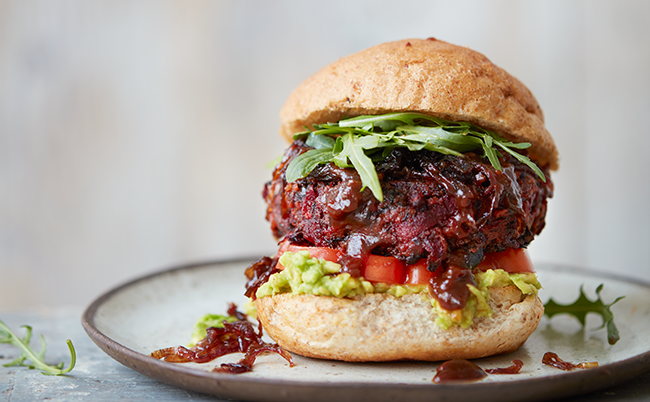Researchers Discover Ideal Fava Bean Blend for Tasty & Fibrous Plant-Based Meat – vegconomist

Scientists from the University of Helsinki have discovered a promising protein blend for plant-based meat: whole fava bean (also commonly known as fava or broad bean) groat flour (hulled husks) combined with pea protein isolate (PPI).
Fava beans are a promising ingredient for producing meat analogs. However, the researchers argue that protein concentrate from these beans has been hindered by its bitter taste, which is attributed to compounds such as free phenolics, vicine, convicine, saponins, and oxidized fatty acids.
To overcome the bitter challenge so disliked by consumers, they explored in a new study the feasibility of using two different types of fava bean ingredients instead of concentrates: flour from germinated, gently heat-treated beans and groat from non-germinated, roasted beans. According to the researchers, both heat treatment and germination of raw materials can improve the sensory qualities of plant-based protein ingredients, reducing bitterness and gastrointestinal discomfort.
To conduct the study, each fava ingredient was combined with pea protein isolate (PPI) or oat fiber concentrate to create meat analogs using high-moisture extrusion (HME) to find the most appealing meat analog. The researchers produced six samples with varying recipes while keeping the process parameters constant. A panel of 55 untrained participants evaluated the samples for sensory attributes and pleasantness.

The best fava bean blend
Overall, the sample containing a blend of fava bean groat and PPI in equal parts was deemed the most pleasant. This combination produced plant-based meat with acceptable taste and texture without the bitter off-taste typically associated with fava bean protein concentrates. The researchers highlight that PPI can also increase protein content and help structure formation in HME.
Looking at the rest of the results, the participants described all samples as “beany” and “tasteless” but rarely as bitter. Meanwhile, the meat alternatives made from fava bean groat/flour and PPI had a mild flavor often described as “tasteless,” allowing for adding desired flavors like umami using additional seasonings. However, the samples had a noticeable “beany” flavor and lacked juiciness, highlighting the need for further research.

Regarding texture, the sensory and instrumental texture analysis consistently showed that samples with lower fava bean groat/flour content and higher PPI content were “gummier” and “chewier” than analogs with higher fava bean content. Meanwhile, the samples with a high fava bean content (50%) revealed differences in pleasantness between each fava bean ingredient type. Between the two, the participants chose the analogs containing the fava bean groat from non-germinated beans as the best.
Exploring combinations
The findings also show that adding oat fiber concentrate and hydrocolloids like gellan gum and β-glucan could enhance the texture, sensory properties, and nutritional value of meat analogs made with HME. However, exploring different ingredient ratios and processing techniques is needed to continue improving the taste, texture, and overall quality of plant-based meat.
“Our results suggest that fava bean groat with pea protein isolate enables the production of fibrous meat analogs with acceptable taste and texture, without the bitter off-taste,” state the authors in the paper.




